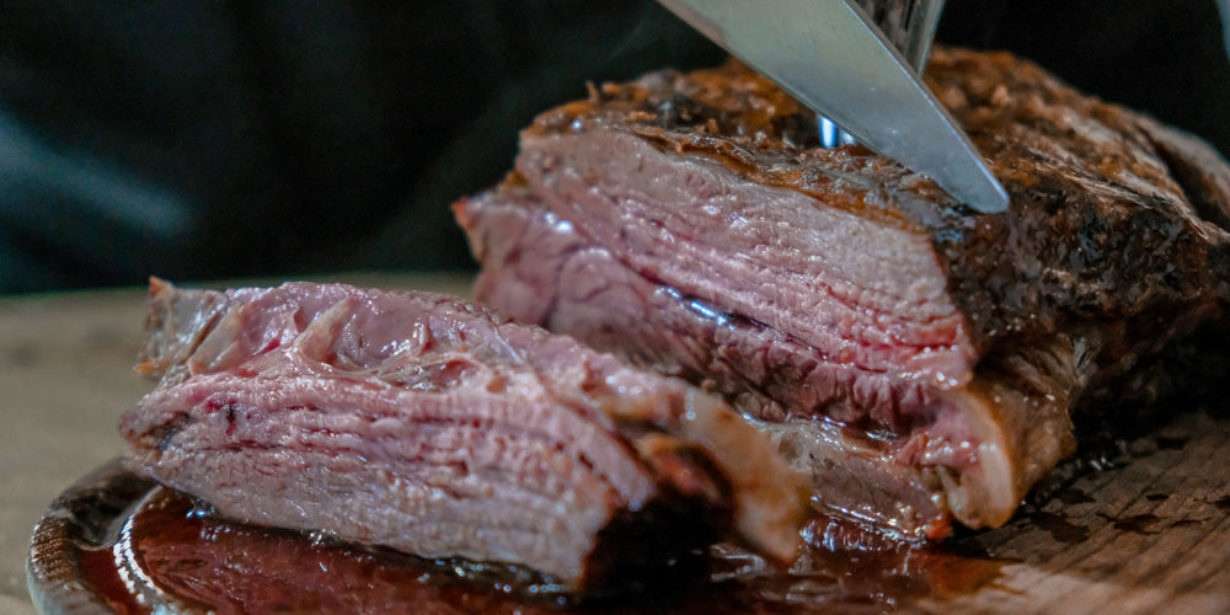



Article by: Hari Yellina
The red meat sector in Australia has set a lofty target of becoming carbon neutral by 2030. Sam and Steph Trethewey, graziers from Tasmania, want to go beyond neutral and trap more carbon than their cattle enterprise emits. It’s known as carbon positive. “When you consider the enormity of the task at hand to combat climate change, carbon neutral isn’t going to cut it; we have to be net positive, we have to go the additional mile,” Mr Trethewey added. After purchasing a 175-hectare property in Dunorlan in Tasmania’s north, the couple relocated there two years ago. They used regenerative agricultural approaches in response to concerns about climate change.
In Australia, the use of regenerative agricultural technologies is increasing. The Tretheweys are accomplishing it by enhancing farm ecology, growing trees, avoiding artificial fertiliser, and seeding various plants into their pastures to build soil carbon. For the cattle, the Tretheweys refer to it as a “salad bowl” buffet. Grass pastures have been oversown with “multi-species” seed mixes including up to 25 different plants, including nitrogen-fixing legumes and deep-rooted plants, as well as brassicas, cereals, and grasses. The plants absorb carbon dioxide (CO2) from the air and sequester it in the soil through their roots. “When we have monoculture grasslands, we only have one level of roots, so they’re just pulling carbon down into one level,” Robin Tait, the Tretheweys’ farm agronomist, explained.
The Tretheweys became the first farmers in Tasmania to register a soil carbon project with the federal government’s emissions reduction fund in 2019. Improved production, according to agricultural scientist Matthew Harrison, would earn the pair more money than carbon credits. “The major way farmers can earn money from carbon farming is through good practise, since carbon farming leads to increased sustainability, which leads to increased productivity,” he explained. Because of the methane that cattle release, the beef sector has been depicted as a global climate change villain. The Tretheweys’ carbon capture technology, however, is based on cattle. Every few days, the animals are transported to new paddocks for high-intensity grazing.
Mr Trethewey explained, “We need ruminant grazing animals to store carbon, and that’s what flips the whole ‘beef is bad for the earth’ argument on its head.” “What we’re seeing now is the industry starting to respond and figure out what its response to those charges is, and I truly believe regenerative agriculture is global agriculture’s answer to the climate catastrophe.” The farm’s soil has improved over the last two years, organic matter and fertility have increased, and the quantity of earthworms has increased as well. Brian Morice, who has worked on the land for nearly 40 years, is excited about the shift. He and many other residents assumed the couple were mainlanders. Mr Morice is working for the Tretheweys and is no longer a sceptic. “It’s interesting to see multi species sown 18 months ago, and you dig around and find roots down half a metre deep,” he said.